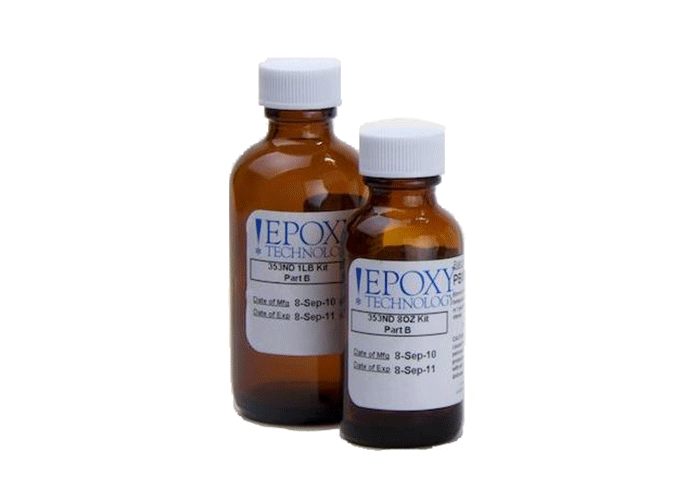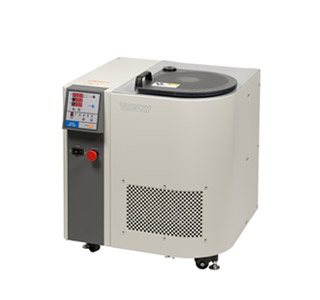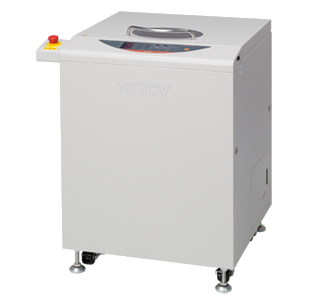UV cure epoxies provide advantages such as extremely fast curing rates, single component (no mixing) chemistries, solventless, accurate alignment of components, ease of automation, improved production rates and thermal energy savings over conventional systems (little power consumption) by the elimination of all or part of curing by heat.
The selection of an adhesive for a specific application depends on many factors such as viscosity, post-cure strength and hardness, shrinkage, Tg, the type of surface to be bonded, surface transparency, bond area and design/geometry. One must also consider the application method, such as having the proper viscosity/rheology to accurately deposit and apply the material. Another important criteria is refractive index. The refractive index of a material is the most important property of any optical system that transmits light. It is also used to calculate the focusing power of lenses, and the dispersive power of prisms.
UV cured epoxies may cure more slowly than acrylate based resins. Once the epoxy has been exposed to sufficient UV light, it will eventually cure at room temperature or very quickly with the addition of heat as a second step.











